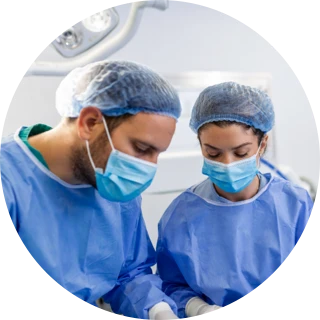Information
Hernia (in Latin: hernia) or rupture is pushing out of tissue, organ or a part of organ via congenital or acquired defect of muscular tissue or connective tissue cover. Hernia has three parts – hernial ring, hernial sack and hernial content.
Most frequent hernia is formed on the abdominal wall. Due to congenital acquired weakness of abdominal wall, an aperture may appear in it, through which the fatty tissue or a part of abdominal organ, covered by peritoneum, is pushed out.
Each hernia consists of: hernial aperture (ring), hernial sac and hernial content.
According to their etiology, hernias are:
Congenital hernia (in Latin: hernia congenita) — appears during prenatal development and is manifested after birth. Indirect inguinal hernia and umbilical hernia are the most frequent congenital hernias in suckling babies
Acquired hernia (in Latin: hernia aquisita) – arises in different periods of life.



 On this page, you can change your choices at any time after you have read and understood our
On this page, you can change your choices at any time after you have read and understood our